How Tiny Hall Switches Save Space in Portable Devices
The electronics industry possesses a never-ending drive for lower power consumption and more compact devices.
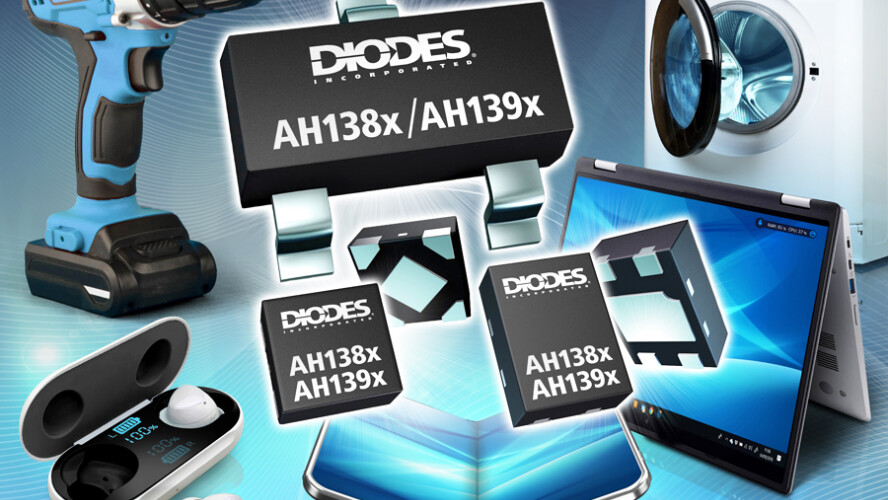
The electronics industry possesses a never-ending drive for lower power consumption and more compact devices.
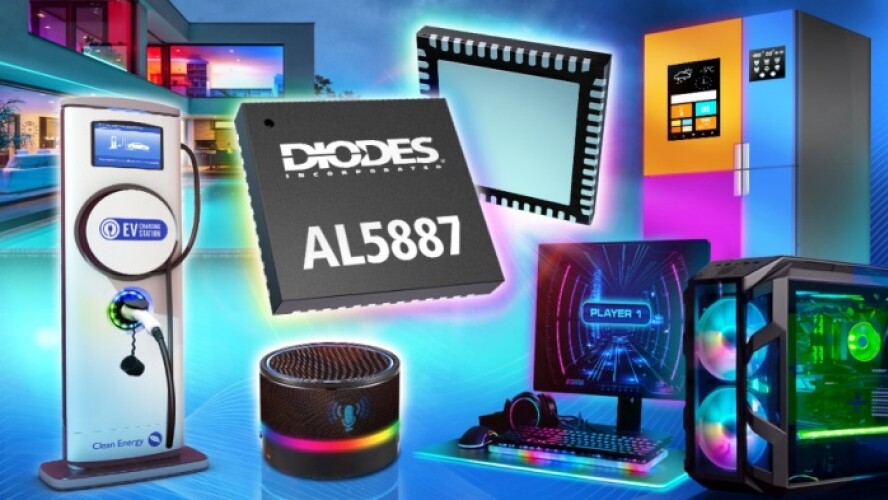
The adoption of LEDs has revolutionized lighting across a huge range of applications, with massively reduced power consumption and increased reliability.

From our last Sustainability Report we’ve further improved our practices to be more environmentally aware and proactive in the communities we operate in, and where our employees live and work.
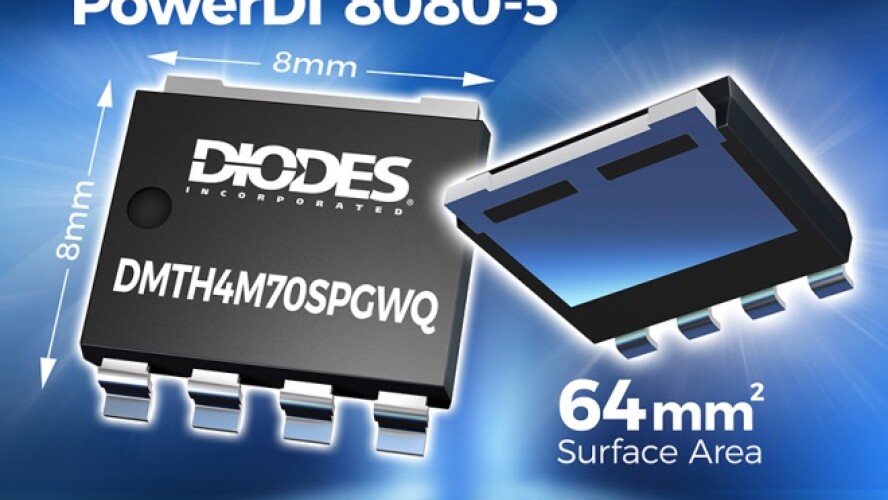
Right now, the automotive industry is going through a big transformation as it rapidly shifts from internal combustion engines to battery-powered electric vehicles (EVs).
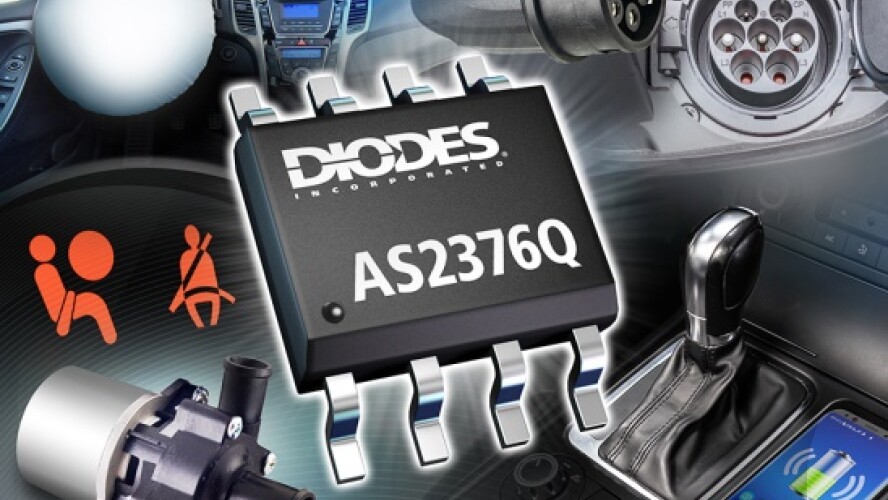
It’s become commonplace to think of cars as computers on wheels—with many high-profile industry figures using such terminology. But that can be a misleading comparison, as analog signals are just as important as digital computing in the automotive industry.
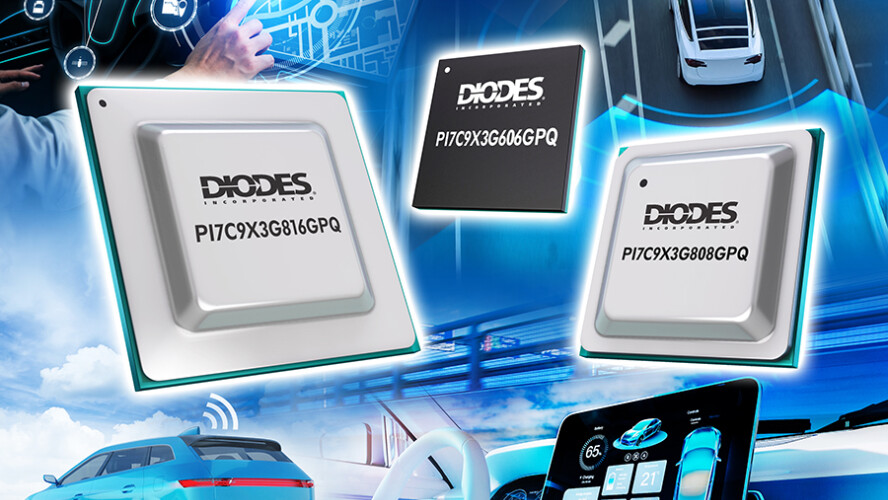
As cars increasingly add new electronic capabilities and applications (such as advanced driver assistance systems (ADAS), intelligent cockpits, telematics, and infotainment), the in-vehicle systems must keep up.
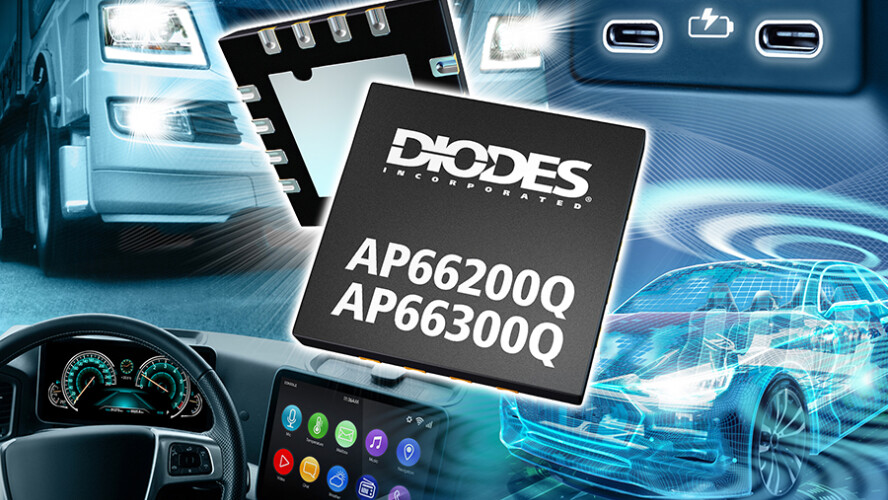
As today’s cars are putting more and more demands on their electrical power systems, they must achieve high efficiency to reduce heat dissipation and cut electricity consumption. At the same time, they need to be small enough to fit wherever needed, with suitable performance and flexibility.
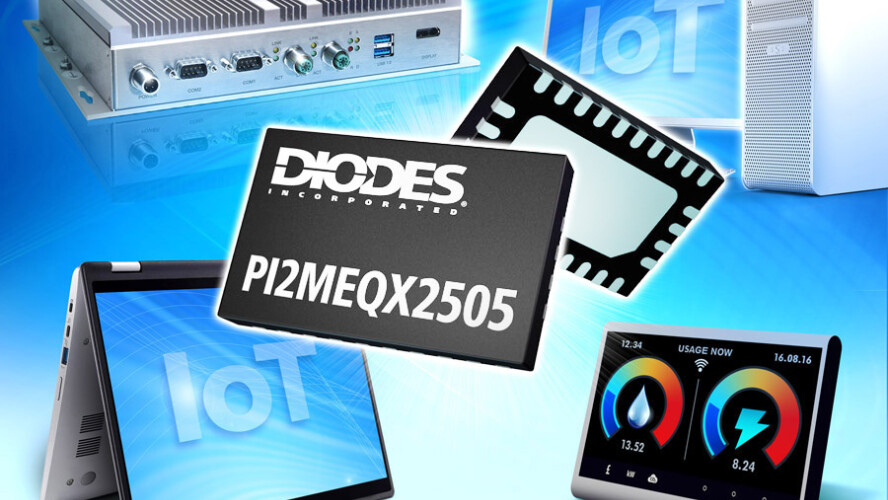
Today’s high-speed interconnects achieve ever-higher data rates into the Gbps range. However, this introduces more design complexity.
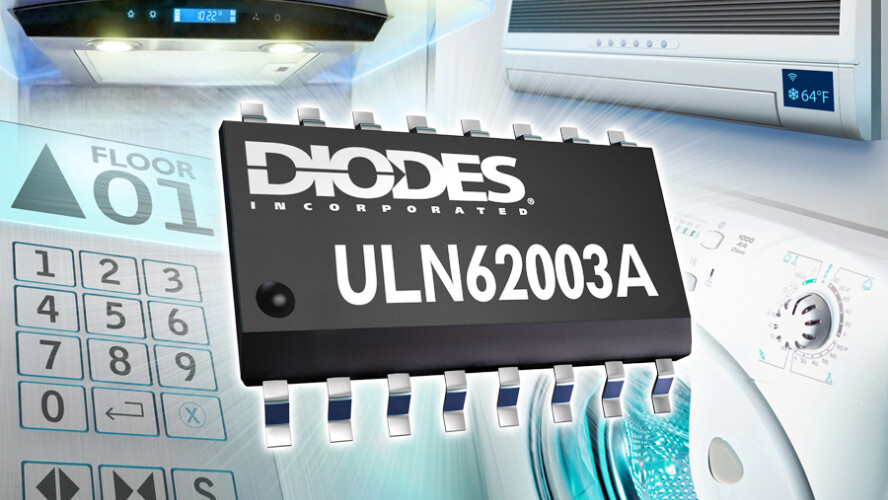
We are surrounded by sophisticated electronic components; in our homes, cars, and gadgets. But these devices are only useful when they control or respond to something in the real world.
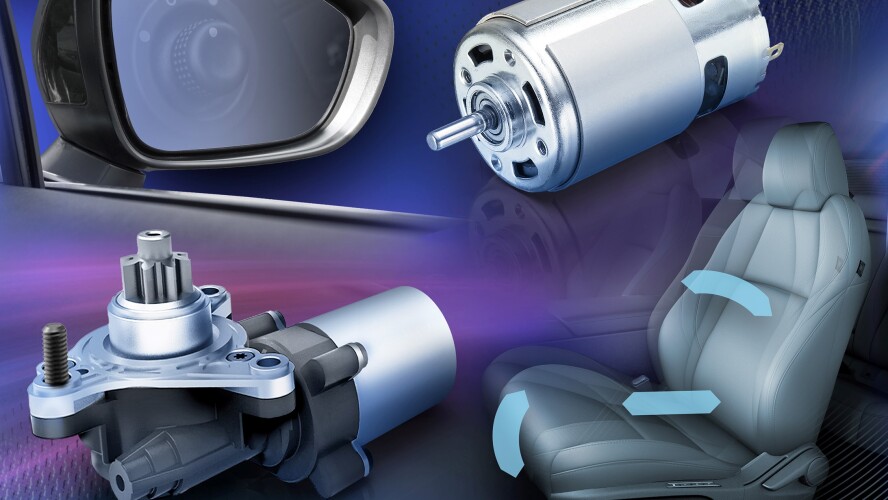
Even when not taking into account the electrification of the drivetrain, the number of electric motors in the average car is increasing significantly.